

Position: Former Research Scientist, NIWA. Currently Expedition leader Field: Atmospheric chemistry Dr Katja Riedel was a research scientist with NIWA and, at present, is based in Wellington. She ...
READ MORE
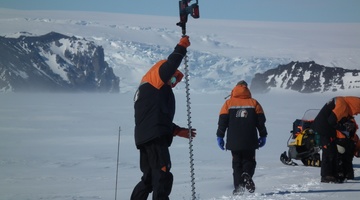
Satellites help scientists measure the thickness of land and sea ice in Antarctica. To validate these measurements, Dr Wolfgang Rack from Canterbury University travels to Antarctica each year to ...
READ MORE

Observing and asking questions are essential parts of what a scientist does. Through their observations, scientists try to build more accurate explanations of how the world works. The scientists ...
READ MORE
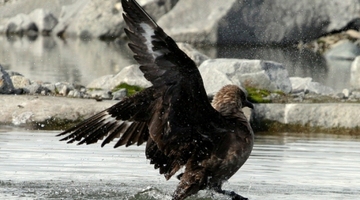
In this activity, students learn about animal and plant adaptations in Antarctic species and use these ideas to design their own unique animal or plant. By the end of this activity, students ...
READ MORE
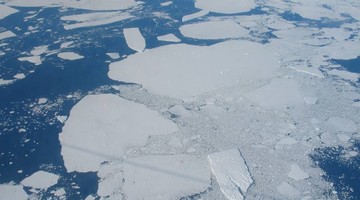
In this activity, students investigate some of the properties of seawater. By the end of this activity, students should be able to: discuss that salt dissolves in water explain that dissolved ...
READ MORE

This teacher resource lists selected articles from the Connected and School Journal reading series that support science concepts when teaching about climate change. Connected and School Journal ...
READ MORE
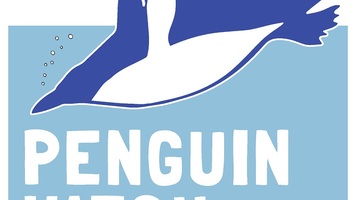
Help scientists establish valuable baseline data about the numbers, locations, habits and health of penguins in a range of Southern Ocean sites. This information will enable better understanding ...
READ MORE

This citizen science project wants your assistance to extract information from various climate scientific graphics to help combat misinformation and support scientific communication. Using this ...
READ MORE
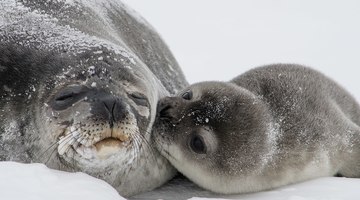
Weddell seals and orca are among the top predators in the Ross Sea region of Antarctica, and more than half of the Weddell seal population can be found in the Ross Sea. Information about changes ...
READ MORE
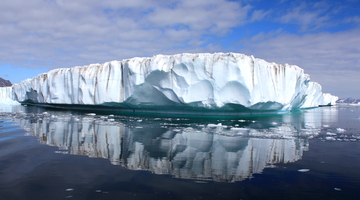
Climate change is one of the world’s big issues. It is also a big topic to tackle in the classroom. The Hub’s planning pathways interactive suggests ways in which climate change can be broken ...
READ MORE

In this online PD session recorded on 15 October 2015, primary school teacher Kim MacPherson talks about the Science Learning Hub’s resources – Conserving native birds – and how she used a ...
READ MORE
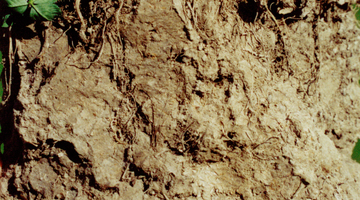
Science capabilities connect the nature of science, the key competencies and the science content strands. In this online PLD session recorded on 19 May 2016, we explore the five core capabilities ...
READ MORE
Dr Katja Riedel of NIWA explains why she enjoys her research in Antarctica and what fascinates her about this place.
READ MORE
Dr Katja Riedel of NIWA explains how she became an atmospheric chemist and why she is so enthusiastic about her career.
READ MORE
Dr Katja Riedel of NIWA tells why she came to New Zealand to do atmospheric research in Antarctica.
READ MORE

This interactive groups Hub resources into key science and teaching concepts. The article Climate change resources – planning pathways provides pedagogical advice and links to the New Zealand ...
READ MORE

This interactive provides an overview of climate change, greenhouse gases, the carbon cycle and other related concepts. To use this interactive, move your mouse or finger over any of the labelled ...
READ MORE

Test your knowledge of greenhouse gases emissions within cities – the urban carbon cycle.
READ MORE